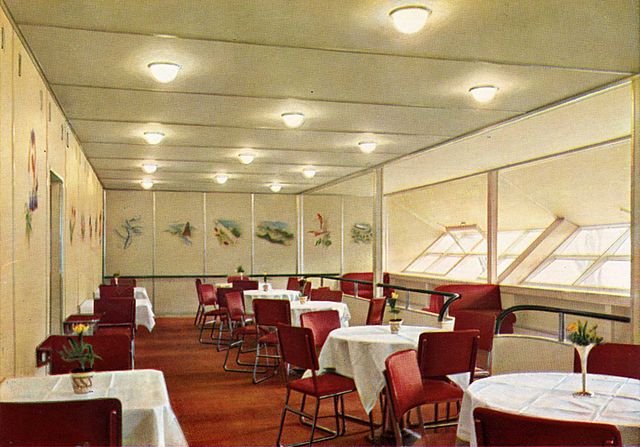The two Hindenburg-class airships were hydrogen-filled, passenger-carrying rigid airships built in Germany in the 1930s and named in honor of Paul von Hindenburg. They were the last such aircraft to be constructed, and in terms of their length, height, and volume, the largest aircraft ever built. During the 1930s, airships like the Hindenburg class were widely considered the future of air travel, and the lead ship of the class, LZ 129 Hindenburg, established a regular transatlantic service. The airship's destruction in a highly publicized accident was the end of these expectations. The second ship, LZ 130 Graf Zeppelin, was never operated on a regular passenger service, and was scrapped in 1940 along with its namesake predecessor, the LZ 127 Graf Zeppelin, by order of Hermann Göring.
Hindenburg-class airship
A fire-damaged 23 cm (9 in) duralumin cross brace from the frame of the Hindenburg salvaged in May 1937 from the crash site at NAS Lakehurst
The nose of LZ 130 in the Zeppelin Museum Friedrichshafen
LZ 129 Hindenburg was a German commercial passenger-carrying rigid airship, the lead ship of the Hindenburg class, the longest class of flying machine and the largest airship by envelope volume. It was designed and built by the Zeppelin Company on the shores of Lake Constance in Friedrichshafen, Germany, and was operated by the German Zeppelin Airline Company. It was named after Field Marshal Paul von Hindenburg, who was President of Germany from 1925 until his death in 1934.
Hindenburg at NAS Lakehurst
Hindenburg under construction
Dining room
Hindenburg on its first flight on March 4, 1936. The name of the airship was not yet painted on the hull.






